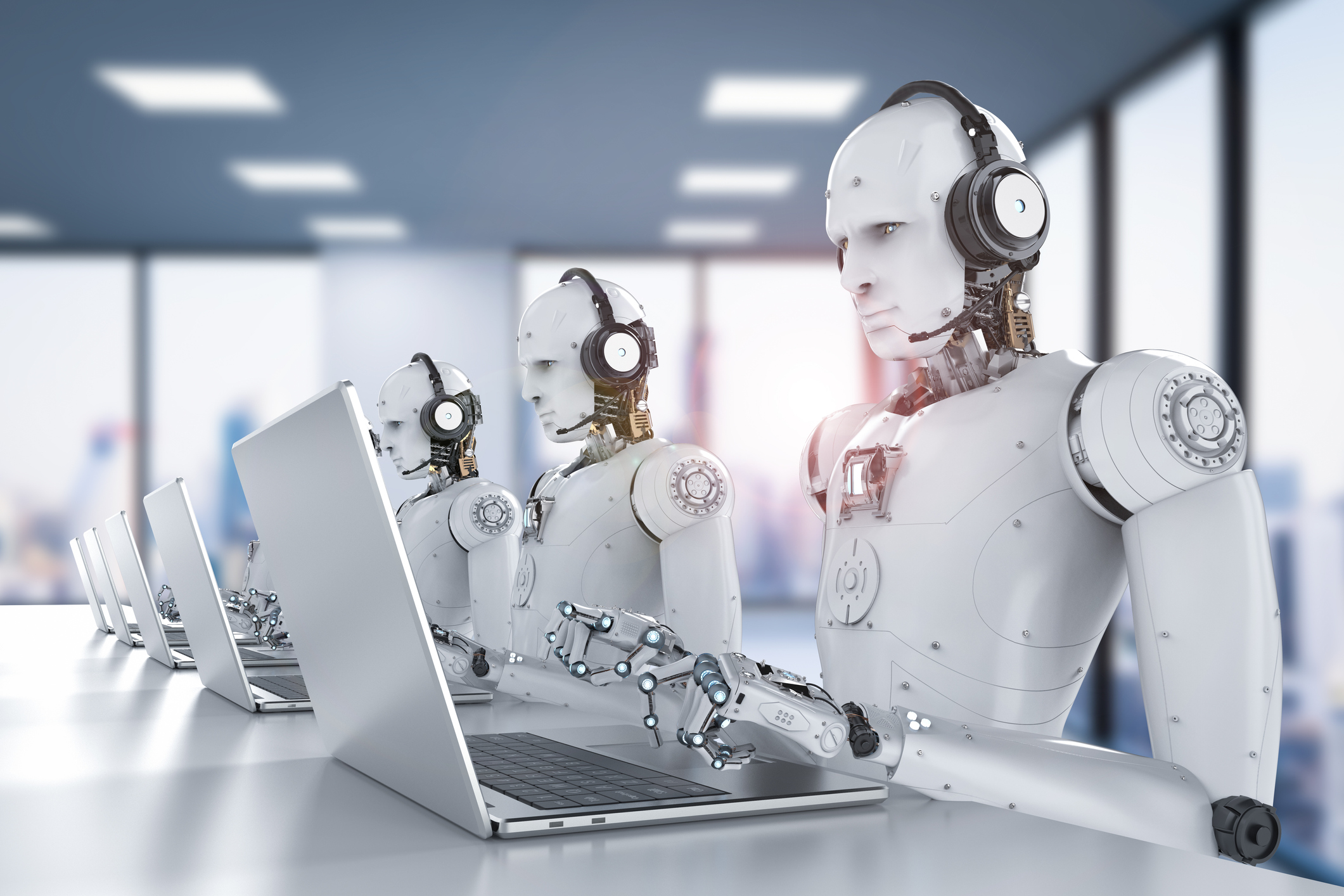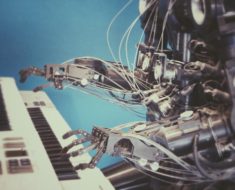
Robots have emerged as a transformative force in various industries across the United States. With advancements in technology and artificial intelligence, these machines are gradually replacing human workers in different aspects of production and service sectors. This article explores the increasing role of robots in industries, the benefits they offer, and the potential implications for the workforce and economy.
1. Automation and Efficiency
Robots are renowned for their precision, speed, and efficiency. In manufacturing, they have the ability to perform repetitive tasks with unmatched accuracy and consistency. This not only increases productivity but also reduces errors and waste, resulting in improved overall operational efficiency. From assembly lines to warehouses, robots are streamlining processes and optimizing production in industries such as automotive, electronics, and logistics.
2. Enhanced Safety and Risk Mitigation
One of the key advantages of employing robots in hazardous or physically demanding environments is the improved safety for workers. Robots can handle tasks that pose significant risks to human operators, such as working with toxic substances, heavy machinery, or extreme temperatures. By taking on these tasks, robots help minimize workplace accidents and injuries, contributing to a safer work environment.
3. Cost Savings and Economic Impact
Automation through robots can lead to substantial cost savings for businesses. While the initial investment in robotics technology can be significant, the long-term benefits outweigh the costs. Robots can operate continuously, reducing labor costs and increasing production capacity. Moreover, their higher precision and efficiency result in improved product quality, which can positively impact customer satisfaction and overall business performance. These cost savings and productivity gains contribute to the economic growth and competitiveness of industries in the United States.
4. Workforce Transformation and Skills Shift
As robots take on repetitive and manual tasks, the nature of work is evolving. While there are concerns about job displacement, the impact of automation on the workforce is complex. Instead of replacing human workers entirely, robots often complement human labor, allowing workers to focus on higher-value tasks that require creativity, critical thinking, and problem-solving skills. This shift in job roles necessitates upskilling and retraining programs to ensure workers are equipped with the skills needed to thrive in the changing work landscape.
5. Ethical and Societal Considerations
As robots become more prevalent in industries, there are ethical considerations to address. These include ensuring the responsible use of automation, addressing potential biases in algorithmic decision-making, and addressing the impact on income inequality. Policymakers and industry leaders must work together to create guidelines and regulations that promote the ethical deployment of robots and protect the well-being of workers.
Robots are transforming industries in the United States by increasing efficiency, improving safety, and driving economic growth. While the automation of certain tasks may lead to workforce changes, it also presents opportunities for upskilling and the creation of new job roles. Striking a balance between technology adoption and the human workforce will be crucial to maximize the benefits of automation while addressing societal and ethical considerations.
Dil Bole Oberoi





